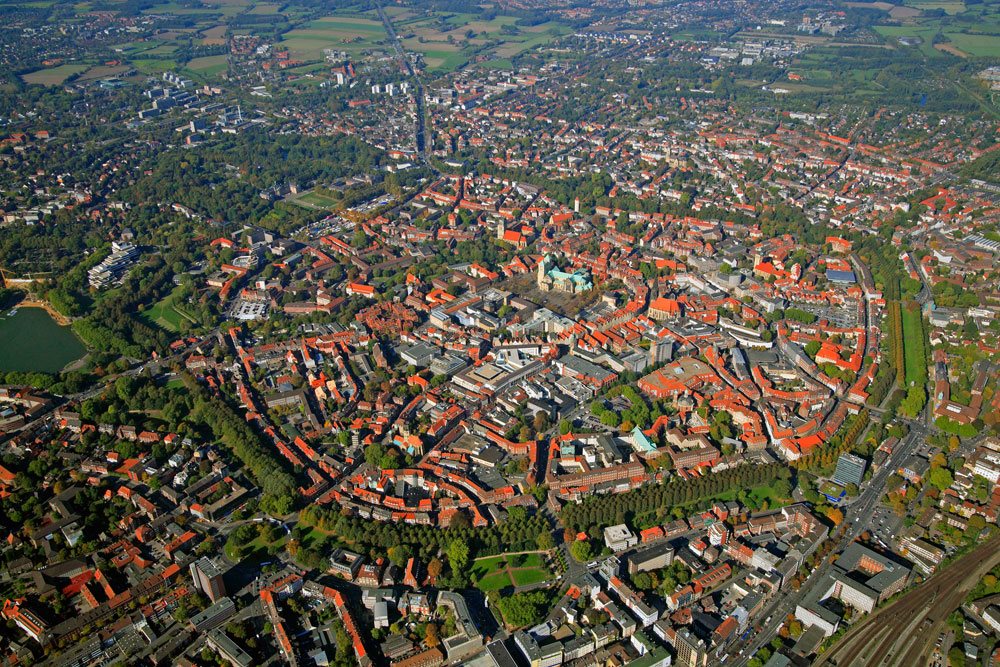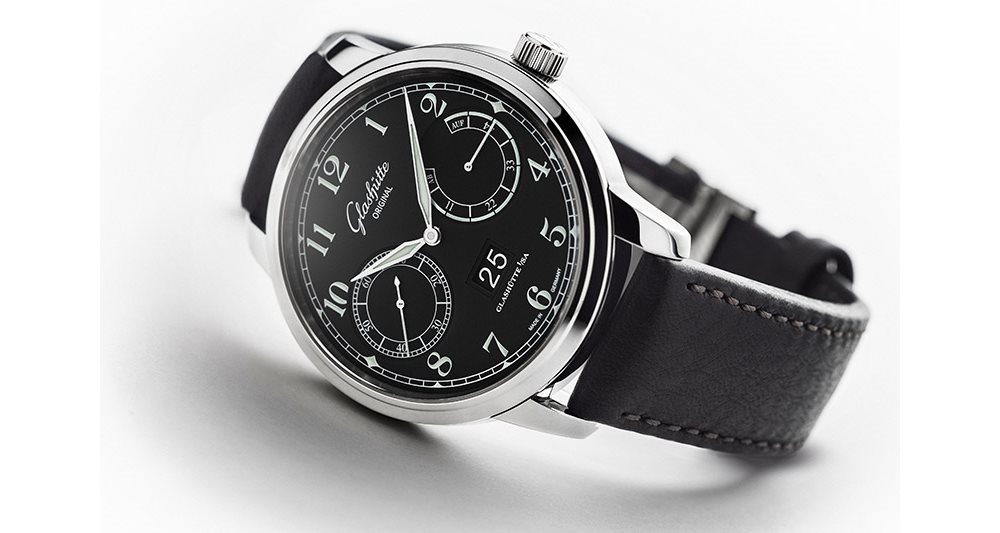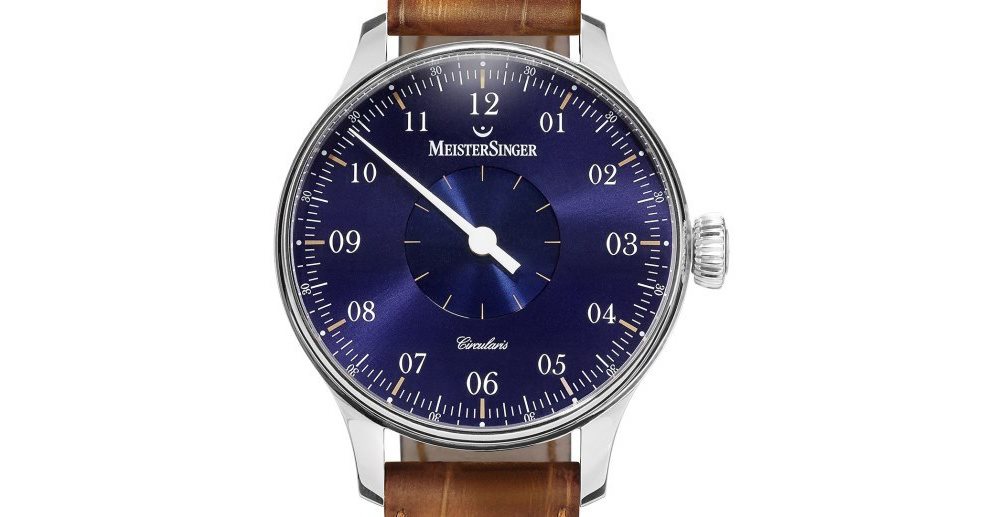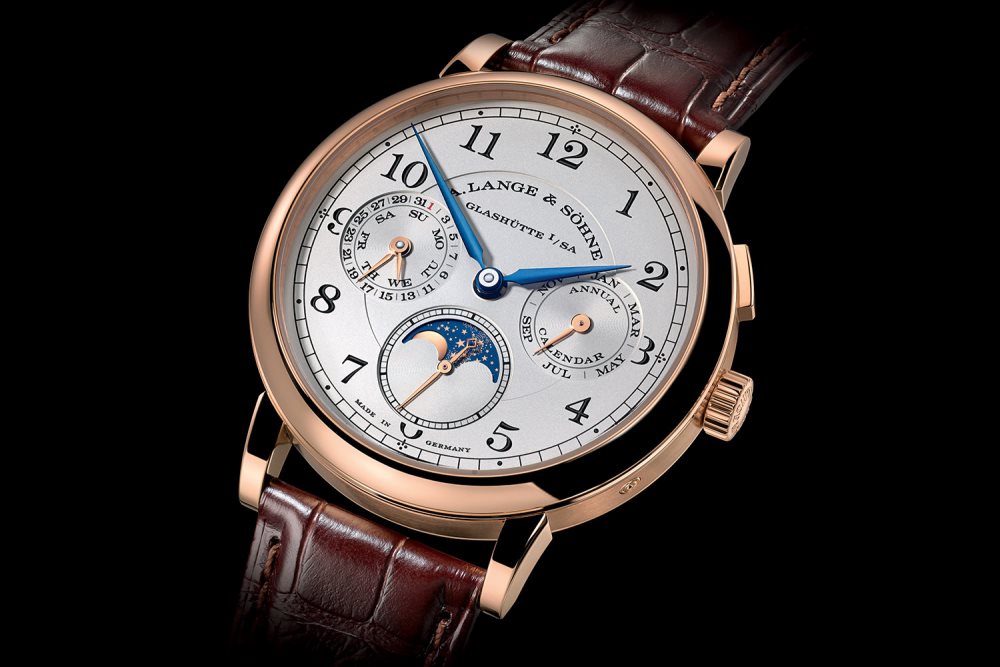Little known by the general public, German watchmaking has, however, built its reputation little by little, relying on purely Germanic values of rigor and precision. Emanating from the proximity of its Swiss neighbor, the Teutonic watch industry has developed an alternative offer to the Swiss market, based on an excellent price / quality ratio, which continues to grow in recent years.
German watchmaking until the 19th century
The birth of German watchmaking is not unrelated to the exodus of Huguenot watchmakers who touched France the day after the revocation of the Edict of Nantes in 1685. As a century earlier, Protestant craftsmen s’ mass exile, for fear of pogroms, to take refuge in England, the Netherlands, Switzerland, and thus in Germany, especially in the city of Pforzheim.
The Germany of the early nineteenth century (which is not yet quite Germany but still Prussia) makes live an unpretentious watchmaking tradition, as is the case of most European countries. For three good centuries, the astronomical clocks and steeples are alongside clocks and traditional cuckoo, but nothing more. This is where Adolph Lange, a discreet craftsman, reveals the extent of his talents in Saxony, in the beating heart of German watchmaking, as an apprentice of Friedrich Gutkaes.
After a journey through the Swiss and French workshops, from which he gained considerable experience in his art, Lange took the reins of the Gutkaes workshop and founded a leading watch manufacturer in a sad city in the East of the country. , Glashütte. He trains the local workers on the spot, thus contributing to the creation of a training structure called the German Watchmaking School.

Meanwhile, at the Swiss neighbor, on the side of La Chaux-de-Fonds, it is to a Teuton offspring that we owe the invention of the watch at low cost – just that! In 1855, Georges-Frédéric Roskopf founded with his son and a watchmaker named Henri Gindraux, the house Roskopf, Gindraux & Co., with the ambition to design men’s timepieces easy to manufacture, so inexpensive, but always of good quality. The Swiss industry is rather uncomfortable with this novelty which seeks to shake up its hegemony in the field of luxury; but the adventure proves, at least, the all-German will of watchmakers to innovate in this sector, whether on their own territory or elsewhere.
At the end of the nineteenth century, Emperor William I took over the national watchmaking production and had the Hamburg observatory built, based on that of Greenwich in England. In the process, the country began to produce its own marine chronometers, taking advantage of French and English advances, and based on the criteria set out by the Chronometer Conference of 1878. Adolphe Lange launched his first models in 1886.
The race for the German Navy clock is launched. Grossmann and Strasser & Rhode also produce some, not without copying Lange’s work. Quickly, German military watchmaking finds its center of gravity in the heart of Glashütte – this will be the case until German reunification, more than a hundred years later. But chronometers are not the only ones leaving the Lange workshops: the watchmaker, who has tried to miniaturize his mechanisms, is designing a pocket watch model for the military, Beobachtungsuhr. It is always to adapt to the needs of the armies that the watch begins to attach to the wrists of the soldiers, leaving the pocket at about the same time as in the rest of Europe – that is to say between the two world wars.
A stormy twentieth century for the Germanic watch
In the 1930s, Germany, under the thumb of its vociferating Chancellor, frantically developed air transport – airplanes and airships, at least until the fire of the most famous and most imposing of them, the Hindenburg , in 1937.
Pilots and captains need to measure time everywhere, all the time, and above all in the air: they need watches of observation, large, readable in the dark. Then starts a bubbling activity in the country’s watchmaking workshops (Lange, but also Laco, Stowa or Wempe), all hoping to benefit from the manna proposed by the government in exchange for major advances in the field of timepieces. The B-Uhrs coming out of the workshops are successes. Which will not last: the end of the war and the division of the country in two, rejecting Glashütte in the hands of the Communists, will weigh at length on the health of the German watchmaking.
Some German inventors
Less known than their French, English or Swiss counterparts, the German watchmakers have nevertheless brought their share of innovations within the watch industry. Here are the most famous (in chronological order):
- Johann Christian Friedrich Gutkaes
- Friedrich Wilhelm Bessel
- Georges-Frédéric Roskopf (exilé en Suisse)
- Ferdinand Adolph Lange
- Charles Fasoldt (exilé aux États-Unis)
- Karl Moritz Grossmann
- Jules Grossmann
- Edouard Koehn
- Salomon Arpels
- Hans Wilsdorf
- Matthias Naeschke
The big German brands
German watchmaking is today driven by a two-head industry in Glashütte, located in the east of the country, where the headquarters of the two largest national brands are joint: A. Lange & Söhne (owned by Richemont group), and that of Glashütte Original (part of the Swatch group). Founded in 1845, A. Lange & Söhne was halted by the Second World War and the division of Germany, before a resurrection in 1994. The brand Glashütte Original, it has officially seen the light of day early 1990s; but the signature was a guarantee of quality from the middle of the 19th century.
Other brands of German watchmaking include: Archimede, launched in 2003 by Ickler; Junghans, which has existed since 1861 and produced up to 3 million watches a year at the beginning of the 20th century; Wempe, a jewelery and watch distributor that has itself started in the manufacture of timepieces, occupying the niche of the mid-range; or Nomos, a young brand founded in 1990, offering modern watches influenced by the Bauhaus School.
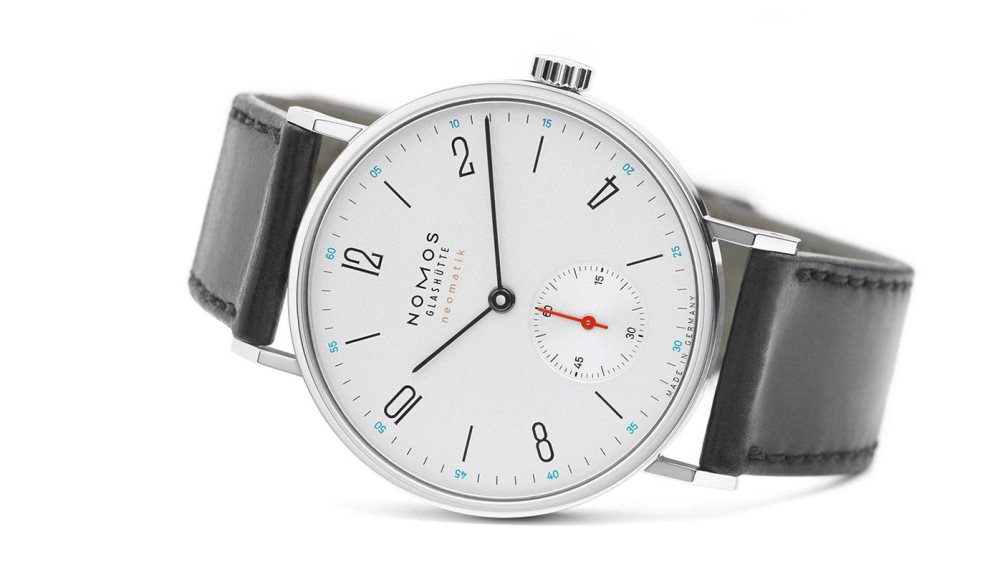


 Français
Français